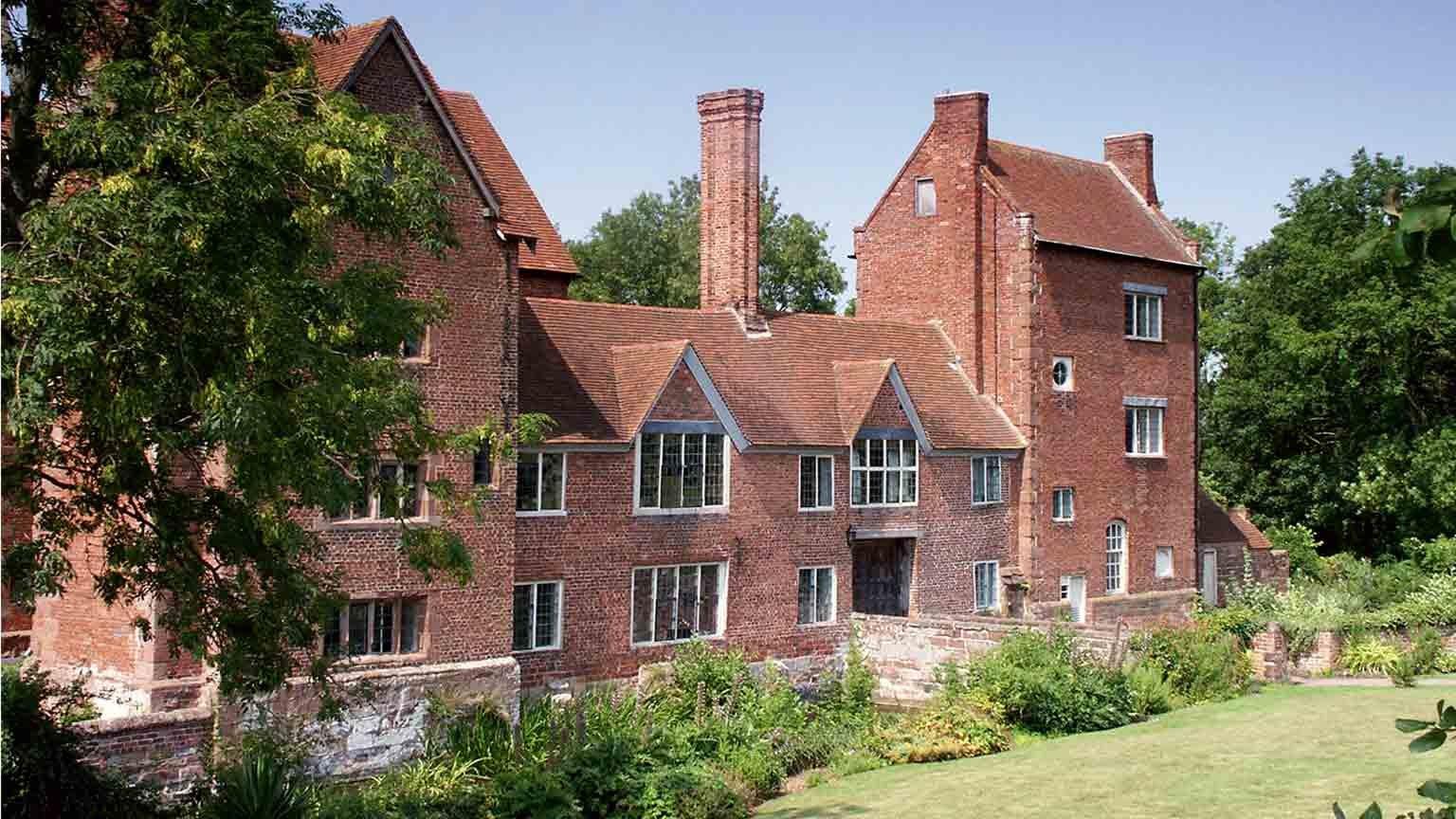
Harvington Hall
With a National Art Pass you get
Deep in the Worcestershire countryside, Harvington Hall is a moated historic manor house boasting the the finest series of priest hides anywhere in the country.
The Elizabethan house was built by Humphrey Pakington in the 1580s and on his death was inherited by his daughter Mary, Lady Yate. During the 19th century the Hall was stripped of furniture and panelling and the shell was left almost derelict. In 1923 it was bought for the Roman Catholic Archdiocese of Birmingham and it was restored and opened it to the public.
Elizabethan wall paintings
Many of the rooms still have their original Elizabethan wall-paintings, discovered under whitewash in 1936. The most important are the arabesque drawings and the figures of the Nine Worthies. The Small Chapel is decorated with red and white drops for the blood and water of the Passion and there are also traces of medieval work.
Priest hides
The famous priest-hides were built at the end of the 16th century, when it was high treason for a Catholic priest to be in England. Four of them, all sited round the Great Staircase, show the trademarks of master builder, Nicholas Owen. They also include the intriguing bread oven, swinging beam and large attic hides, seven in total, the highest number found in any English residence, a testament to the lengths families went to protect their faith.
Festival
Since 2023 the Harvington Hall History Festival has been held in the summer, with a week of talks by renowned historians, authors, and broadcasters.
Visitor information
Address
Harvington Hall Lane, Harvington, Kidderminster, Worcestershire, DY10 4LR
01562 777846
Opening times
Mar – Oct Wed – Sun, 11.30am – 5.00pm (4.30 in Mar and Oct) Bank Holiday Mondays
Exclusions and safety measures
Currently closed due to refurbishment work.